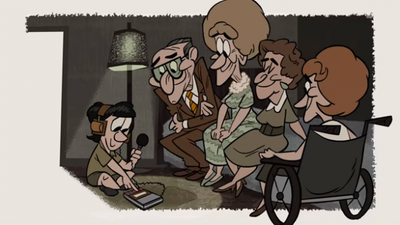DOWNLOAD VIDEO
Essential question
Why does the issue of racial segregation continue to affect our society?More than 60 years after the United States Supreme Court outlawed “separate but equal” schools in Brown vs. Board of Education, data shows that many school districts s are more segregated than ever — with some key exceptions. The oldest voluntary school desegregation program in the nation, Urban-Suburban in Rochester, New York, allows minority students to attend more affluent schools in the suburbs. The program serves as a positive example of how integrated school communities enable students to flourish socially and perform well academically, according to University of Rochester Professor Kara Finnigan. “I think the impact is immeasurable,” said Theresa Woodson, program director of Urban-Suburban. Woodson believes parental participation and the voluntary nature of the program are key to its success. Only six of the 17 suburban communities surrounding Rochester take part in Urban-Suburban, although that number is growing due to a shift in the program’s focus. To address criticism that the program only accepted minority students, Urban-Suburban has changed its criteria and now accepts students based on income levels.
Key terms
racial integration
— often associated with desegregation, with additional goals aimed at creating equal opportunity regardless of race and developing a culture that draws on diverse traditions
Warm up questions ( before watching the video)
- How does where you go to school determine the quality of education you receive?
- What are some of the differences between city and suburban schools?
- What does “Separate but Equal” mean?
Critical thinking questions ( after watching the video)
- What are the primary criticisms of the Urban-Suburban program?
- Why are integration programs like this still necessary 60 years after segregation was banned in schools?
- What other measures could be taken in more disadvantaged districts to create education equality?


